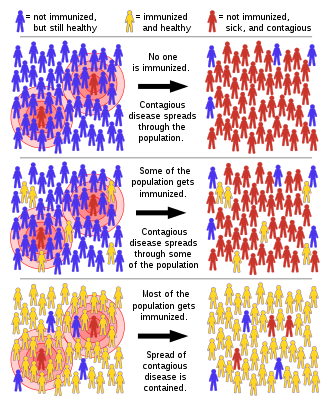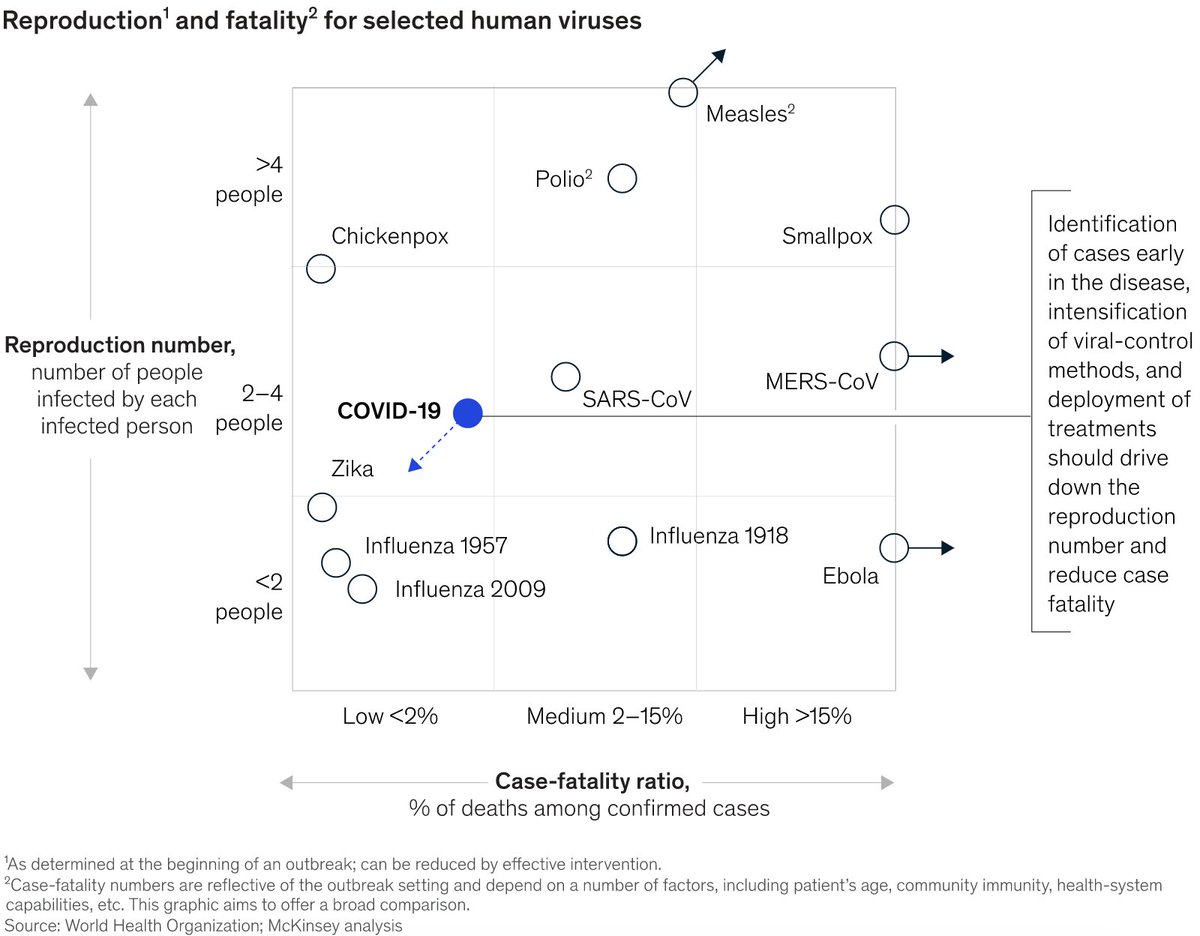I am not an expert on epidemiology, but I can share what I've read. This is not super-complicated, but it requires 20x more patience than most things. Still, everyone can understand it—and should.
#COVID19
maa.org/press/periodic…
en.wikipedia.org/wiki/Herd_immu…

en.wikipedia.org/wiki/Basic_rep…
gabgoh.github.io/COVID/index.ht…
who.int/docs/default-s…
CFR varied from 0.7% to 5.8% depending on the region.
That resulted in 45,000,000 infections and 61,000 deaths.
journals.lww.com/imd/Fulltext/2…
cdc.gov/flu/about/burd…
triplebyte.com/blog/modeling-…

fivethirtyeight.com/features/exper…
"Everything you say in advance of a pandemic is alarmist; anything you do after it starts is inadequate."
books.google.com/books?id=va-pJ…










